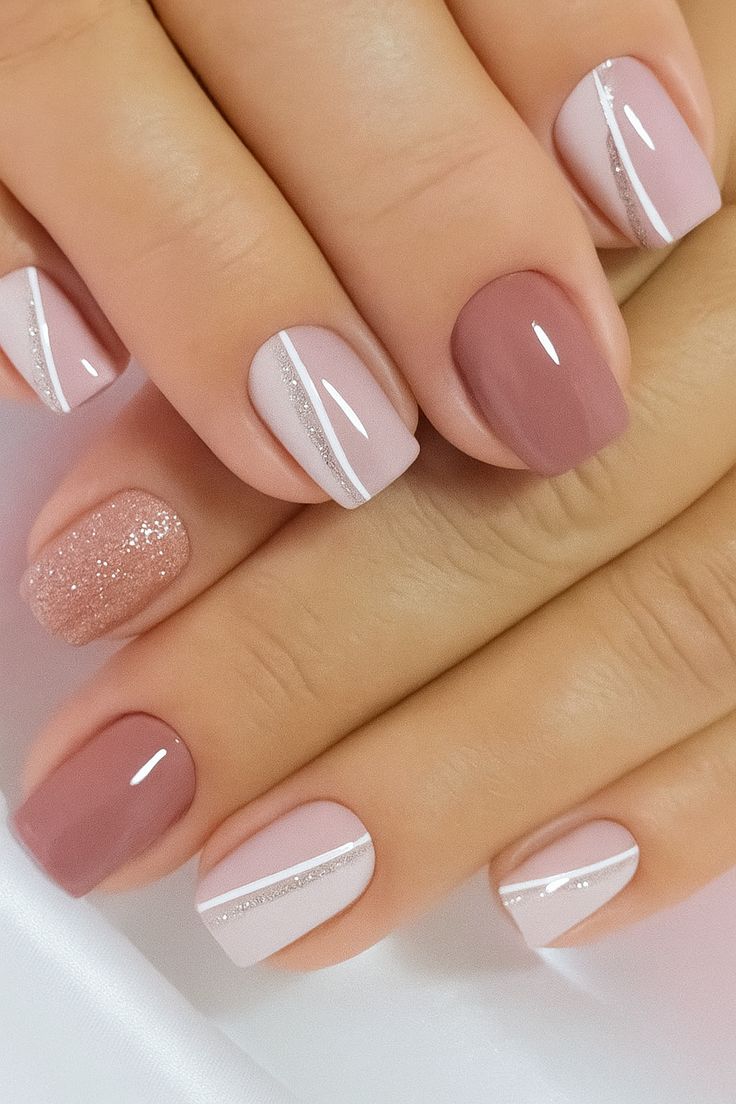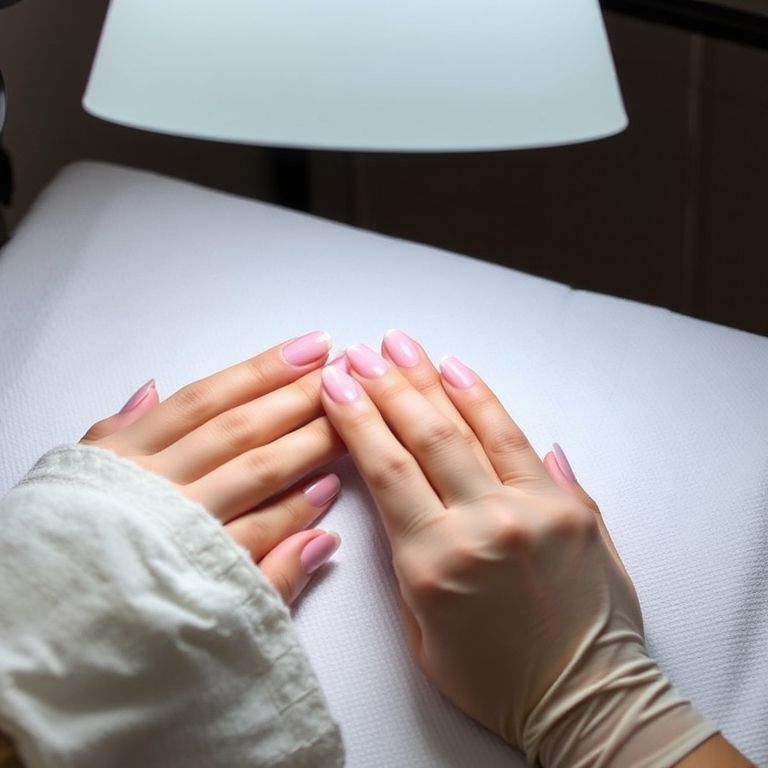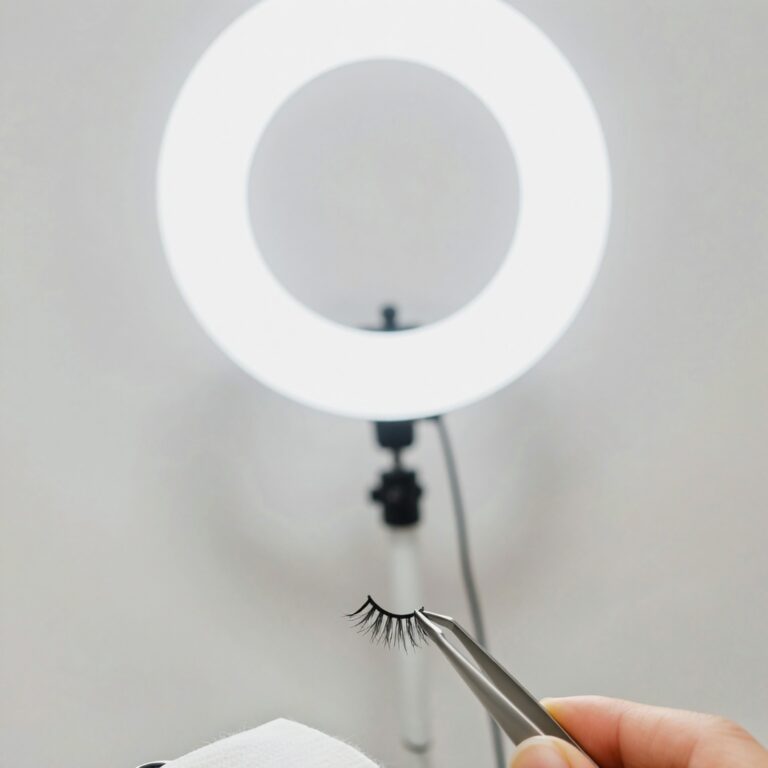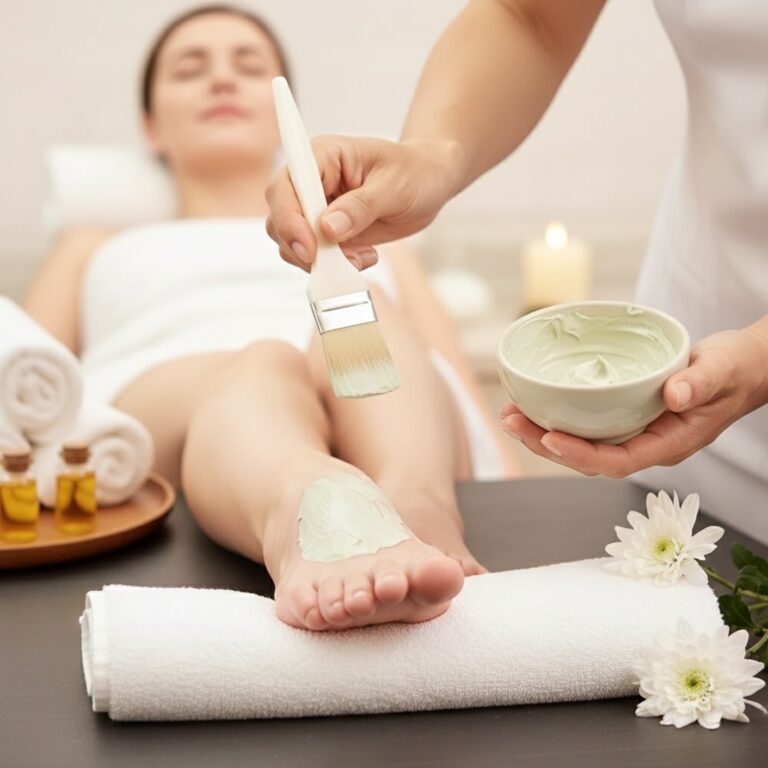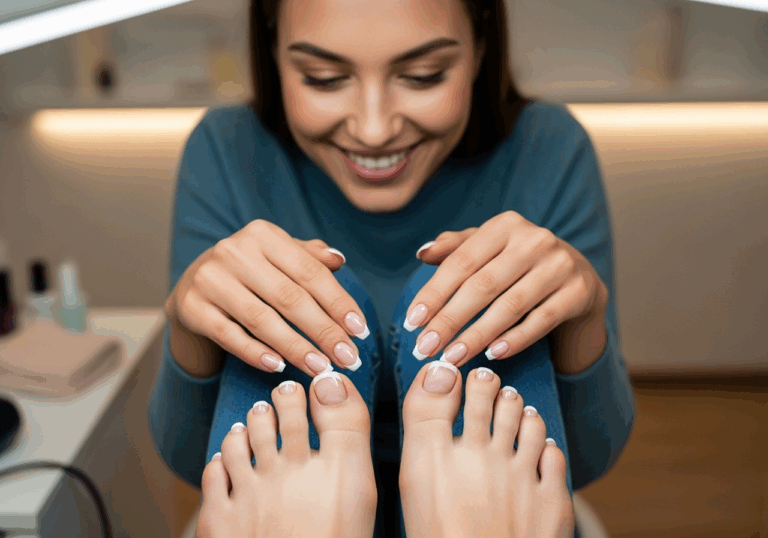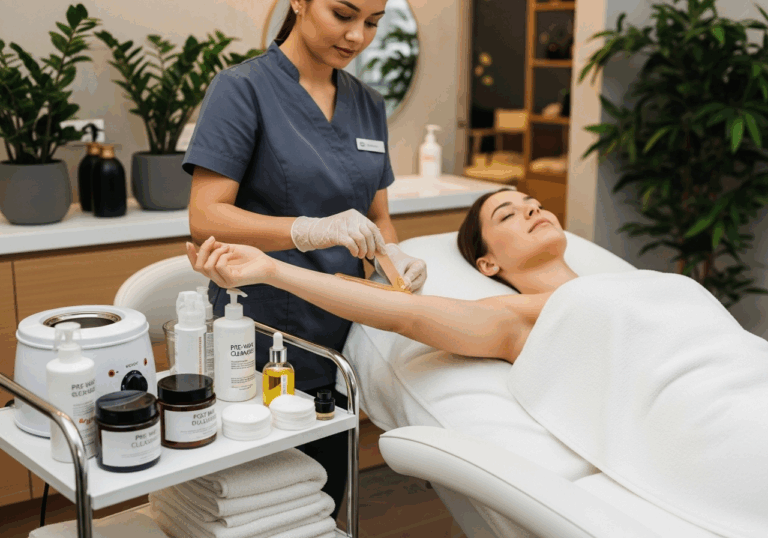Acrylic Nails: The Ultimate Guide to Bold, Long-Lasting Manicures
Key Takeaways:
Q: How do I maintain acrylic nails?
A: Moisturize, avoid harsh chemicals, wear gloves, get fills regularly, and avoid using nails as tools.
Q: How long do acrylic nails last?
A: With proper upkeep and fills, they can last 3–4 weeks before needing a fill.
Q: Are acrylics better than gel?
A: It depends — acrylics are stronger and more customizable, but gels may feel lighter.
Q: Do acrylics damage your natural nails?
A: Only if removed improperly; with professional removal and care, damage is minimal.
Q: Can acrylics be worn on weak nails?
A: Yes — acrylics add structure and protection over fragile or peeling nails.
What Are Acrylic Nails?
Simply put, acrylic nails are a mix of liquid monomer and powdered polymer that, when combined, create a pliable bead. A nail technician molds that bead onto your natural nail or a tip, then shapes, files, and finishes it with polish or design. Unlike gel, acrylics harden without UV or LED light (they cure via a chemical reaction).
They are ideal for:
- Lengthening weak or short nails
- Sculpting shapes (stiletto, coffin, almond, etc.)
- Overlaying strength onto a fragile natural nail
Tip: Because acrylics are so customizable, you can go bold or stay natural — it’s your choice.

How Acrylic Nails Are Applied – Step by Step
| Step | Description | Why It Matters |
|---|---|---|
| 1. Nail Prep | Clean, push back cuticles, lightly buff natural nail, maybe apply primer | Preps surface so acrylic adheres better |
| 2. Tip or Sculpt | Attach a plastic tip or use a form to sculpt extension | Sets your desired length |
| 3. Form Bead & Place | Mix monomer + powder to form a bead, place near cuticle, press toward tip | Creates the body/strength |
| 4. Spread & Shape | Spread acrylic evenly, flatten, build apex | Ensures balance & prevents lifting |
| 5. Cure / Dry | Acrylic hardens naturally in a few minutes | You don’t need UV light |
| 6. File / Buff | Shape length, smooth surface | Final aesthetic & ensures polish adhesion |
| 7. Polish / Design | Add color, art, top coat | Final look & protection |
A typical full set takes 60–90 minutes, depending on complexity.
Pros & Cons of Acrylic Nails
Advantages
- Incredible durability and resistance to chipping
- Total control over length and shape
- Vast range of finishes, glitters, encapsulation, etc.
- Easy to repair individual nails if damaged
Drawbacks & Risks
- Requires professional removal — peeling can damage your natural nail
- Strong chemical odor during application
- Frequent fills (every 2–3 weeks)
- If undercut or thinly applied, they can lift or crack
To minimize risks, always go to a trusted salon that uses quality materials and maintains hygiene.
Internal & External Links in Context
At Paoli Nail Spa, we offer premium Acrylic Nail services across multiple locations. (Browse our Acrylics page under Services) Paoli Nail Spa
Booking your appointment is simple — Book your session now and explore our full menu of services, from Spa Pedicures to Dip Powder. Paoli Nail Spa+1
For extra reading on acrylic powders and supplies used by U.S. professionals, you might check out Dynamic Nail Supply, which offers a wide array of acrylic powders and monomers. Dynamic Nail Supply
Maintenance & Aftercare Tips
- Daily hydration – Use cuticle oil or vitamin E to keep the nail area nourished.
- Wear gloves for chores (dishes, cleaning) — acrylics protect, but chemicals can weaken.
- Avoid using nails as tools — bending, prying, or opening things can crack or lift.
- Refill regularly — don’t let the gap grow too big (2–3 weeks max).
- Get proper removal — soak in acetone, buff gently, don’t peel.
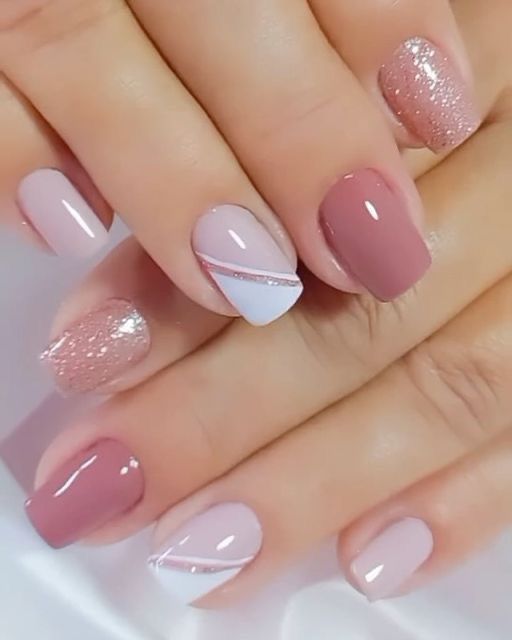
FAQ
1. What’s the difference between hard acrylic and soft gel overlay?
Hard acrylic is rigid and solid (the classic acrylic look). Soft gel overlay (or hard gel) is more flexible and cured under light. Acrylic is generally stronger and better for length, while soft gel feels lighter and is more forgiving. Some salons even combine acrylic base + gel top for strength + flexibility.
2. Can I switch from acrylics to dip powder or gel?
Yes — but it’s best to have a professional remove your acrylic set to prevent damage. Once your natural nails are healthy again, you can transition to dip powder (which we also offer at Paoli Nail Spa) or gel for a lighter feel.
3. Will acrylics yellow over time?
They can — exposure to UV, harsh chemicals, or low-quality monomers can cause yellowing. Using a good top coat and avoiding strong disinfectants helps. Premium brands resist discoloration better.
4. Is it safe for natural nails underneath?
When done well, yes. Acrylics act like a shield. The main risk comes from incorrect removal or neglect. Never peel off a set — always soak and remove properly.
5. How do I fix a cracked or lifting acrylic nail mid-cycle?
Visit your nail technician right away. Most salons can repair a single nail by blending in fresh acrylic and rebalancing. Don’t try to re-bond with super glue — it can trap moisture and weaken the nail.
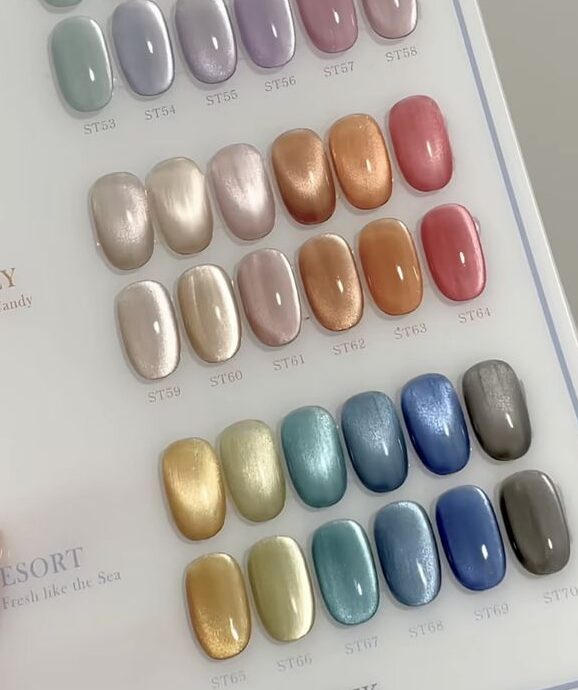
Final Thoughts
Acrylic nails remain a popular choice for those who crave durability, length, and artistic freedom. When done by a skilled technician using premium materials and maintained properly, they offer stunning results that last. If you’re ready to give your nails a bold upgrade, book your acrylic session now and also explore our other offerings, from spa treatments to dip powder — all available at Paoli Nail Spa.

